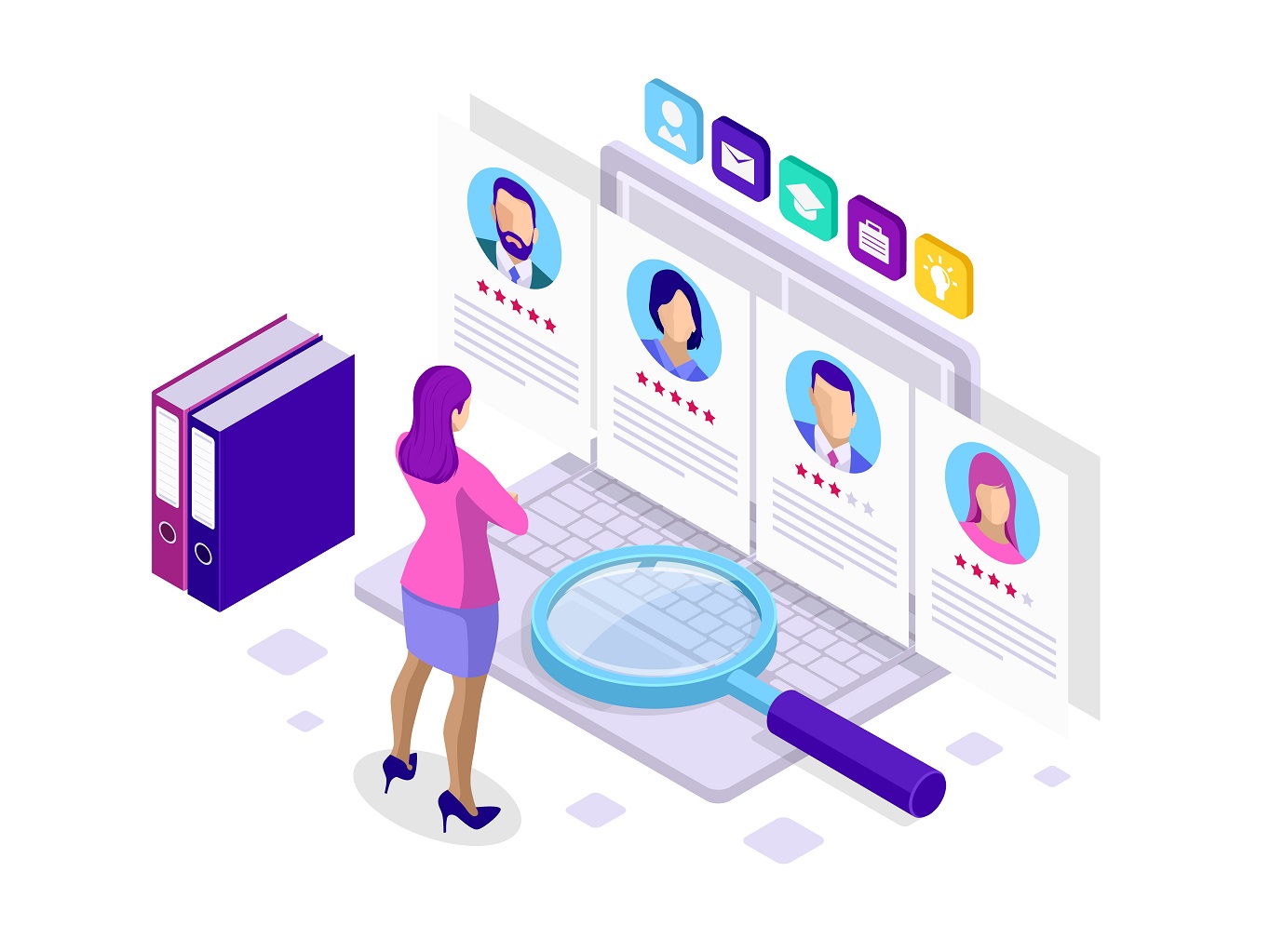Two weeks ago, the Certa team had the pleasure of attending the Care Management Show. It was a packed day at the NEC Birmingham, full of valuable conversations, inspiring sessions and insightful perspectives on the future of care delivery. We were delighted to connect with so many care providers, commissioners and innovators who stopped by our stand – thank you if you were one of them!
Among the highlights were two standout sessions that sparked real conversation across the show floor. Here’s what we took away.
Fireside chat: Matt Blanche and Laura Goodridge on data security
One of the most compelling conversations of the day came during a fireside chat between our very own Senior Consultant, Matt Blanche, and Laura Goodridge, Group CEO of Home Instead. Their discussion explored the complex and growing challenge of data security in care, touching on everything from technology strategy to frontline awareness.
What made the session so valuable was how clearly it framed data protection as a multifaceted challenge. They talked about the practical pressures of preparing for virtual CQC inspections, where providers must demonstrate both robust data access and ironclad security protocols. They also explored the reputational consequences of a breach – particularly in a sector that depends so deeply on public trust.
Laura and Matt didn’t shy away from real-world examples. From using WhatsApp to experimenting with AI tools like ChatGPT, they underscored that security must be embedded into everyday operational decisions, not just treated as an IT concern.
Another key takeaway was the importance of vetting technology partners. Laura shared how care providers are now interrogating the security credentials of their suppliers, acknowledging that your security is only as strong as your weakest digital link.
Perhaps most importantly, they addressed the human element. How are teams trained? How are carers empowered to recognise threats and respond appropriately? The conversation made clear that security isn’t just about systems. It’s about culture and equipping every staff member with the knowledge to keep client data safe.
It was a timely reminder that security failures don’t just affect organisations, they put vulnerable clients at risk. That’s why we believe security credentials must become a core selection criterion for commissioners and clients alike. Not just: “do you have security measures in place?” but: “have you truly covered every angle?”
At Certa, this session reinforced why we’ve built our care management platform the way we have – with CQC-ready reporting, intuitive user controls and training tools that help staff get security right from day one.
James Bullion on the CQC’s future and the role of technology
Another important talk came from James Bullion, Interim Chief Inspector of Adult Social Care and Integrated Care at the CQC. His keynote offered a candid look at the CQC’s own challenges and how it is evolving to meet the moment.
Bullion acknowledged the trust gaps and growing pains the CQC has faced over the past year but struck a confident tone about what comes next. A key part of their plan? Technology. He shared how outdated systems had hampered the CQC’s work and announced that new digital assessment tools are in development to better support provider regulation.
The talk also teased the upcoming release of both the NHS’s 10-year plan and the ‘CQC Way’, a refreshed vision for their roles, values and purpose. For providers navigating an increasingly digital and regulated environment, staying close to these developments will be key.
What’s next?
We’ll be back at the Care Show in Birmingham on 8–9 October and we’re already looking forward to reconnecting with many of you there.
In the meantime, if you missed us at the Care Management Show or want to learn more about how Certa supports secure, compliant and people-centred care management, get in touch – we’d love to chat.



